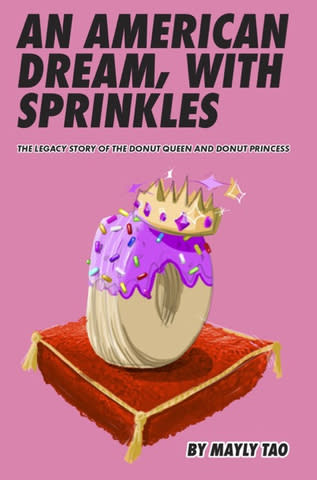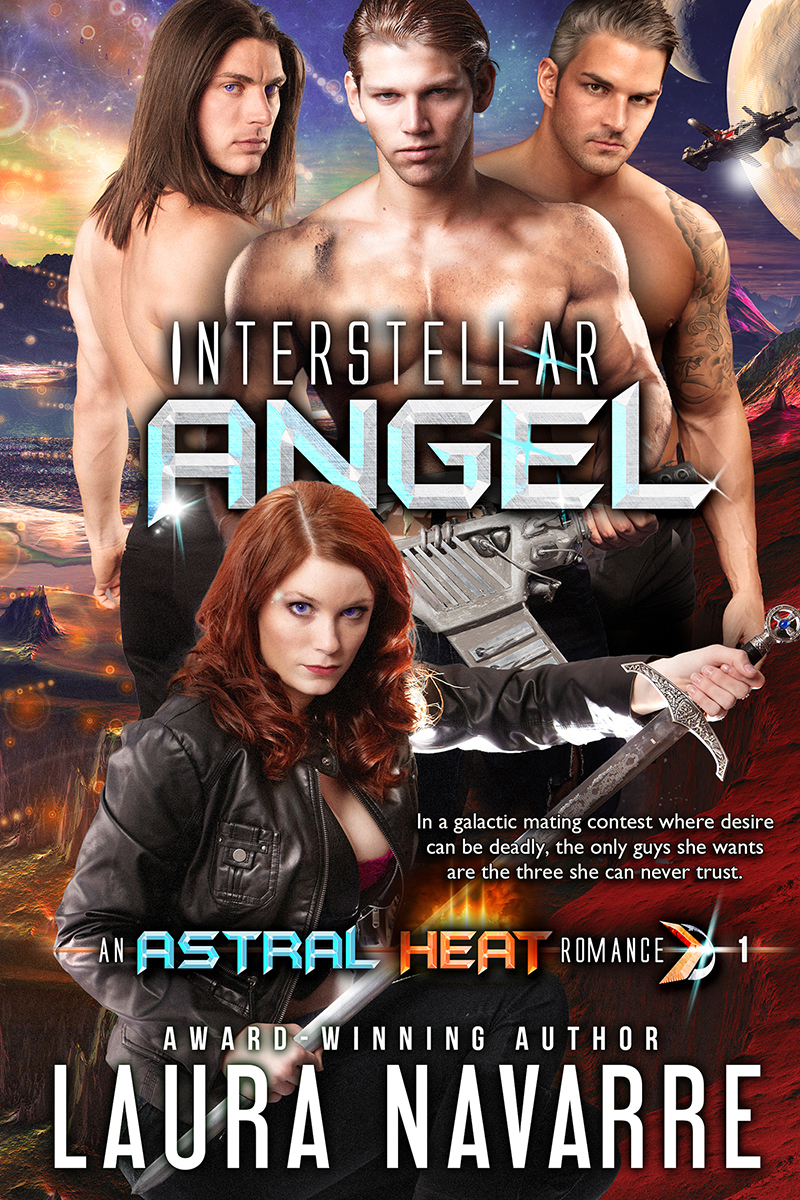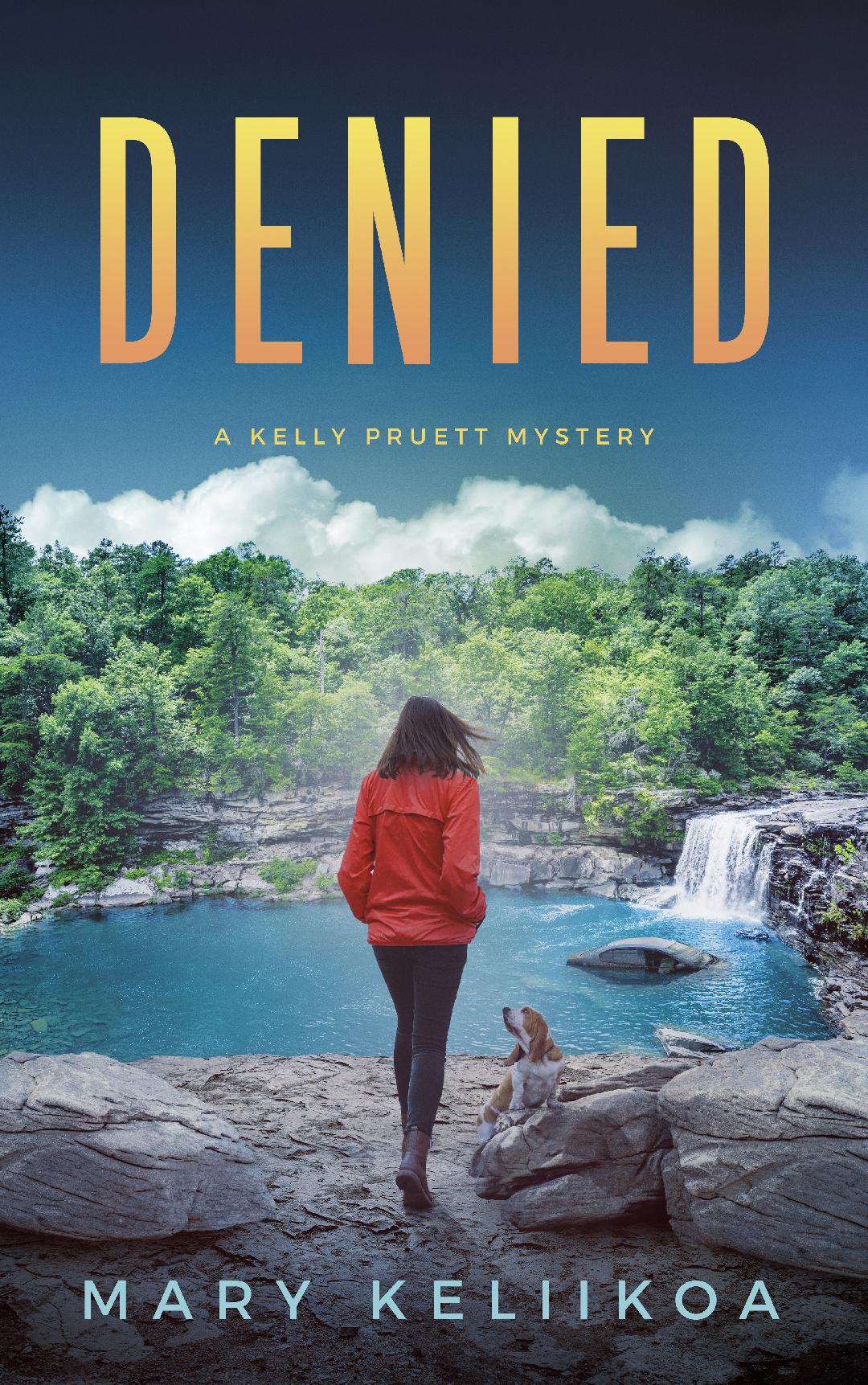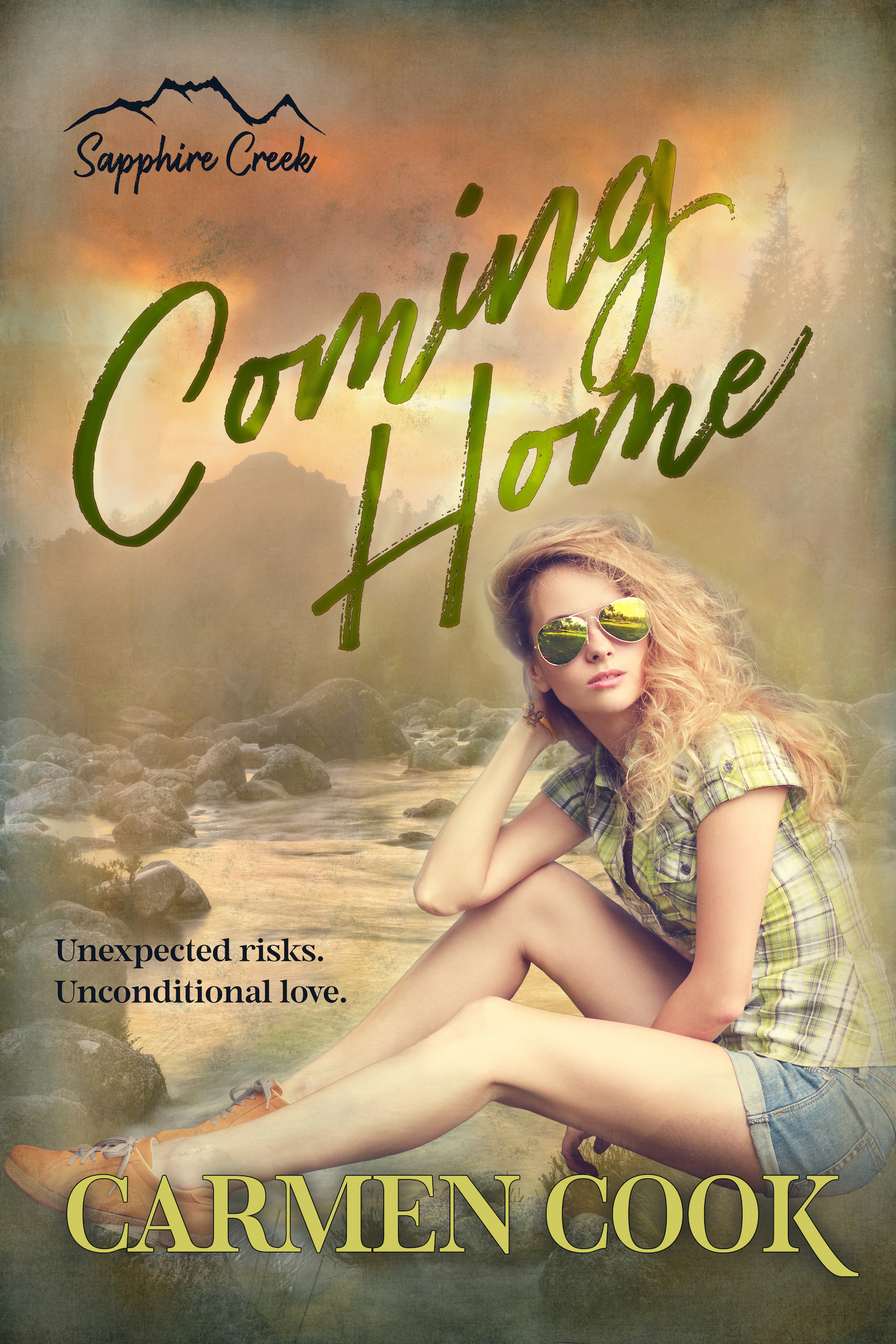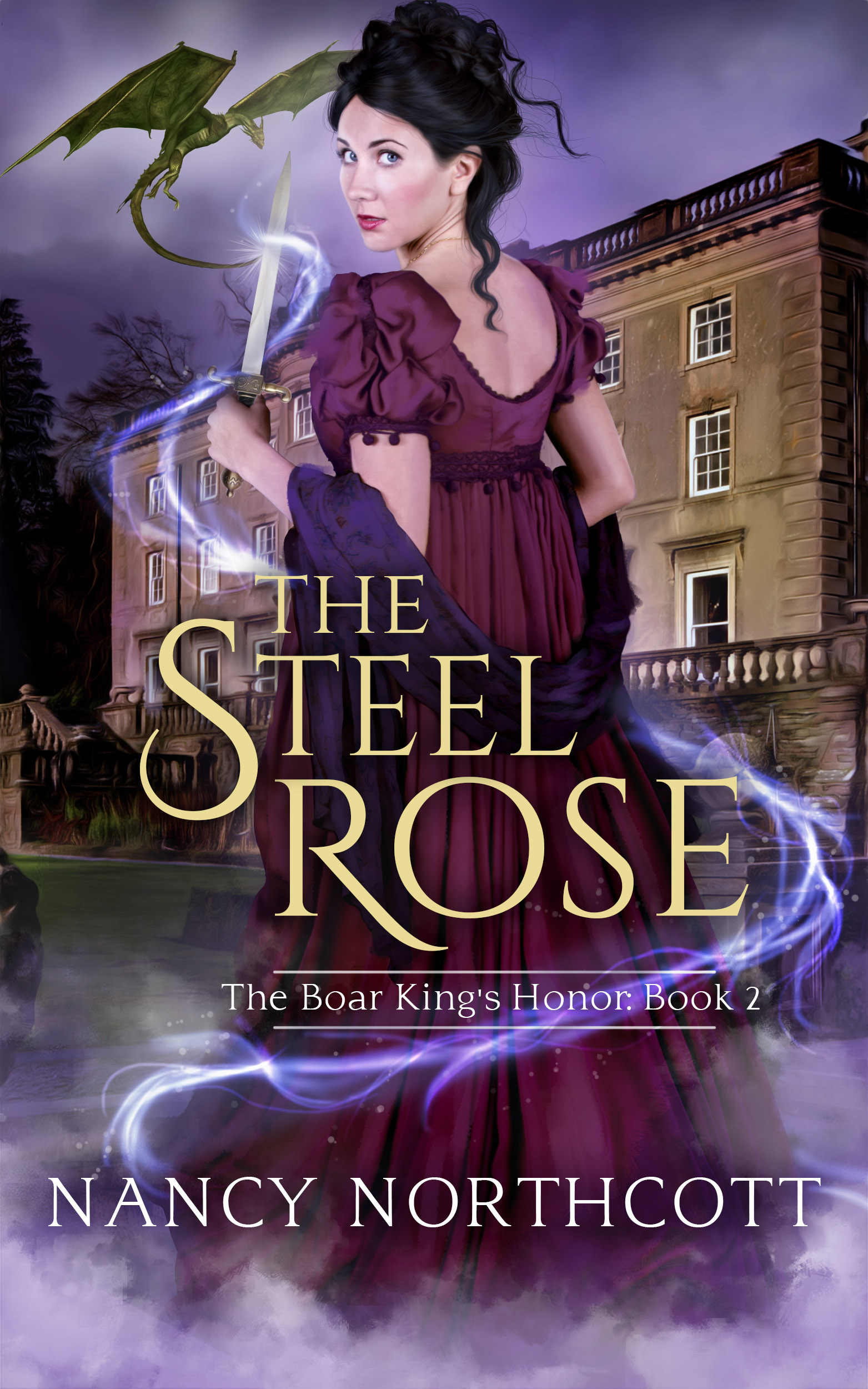What happens when love is not enough? In every romance, the reader meets the protagonists and roots for them to...
Authors
The Story Behind the Story: An American Dream, with Sprinkles, by Mayly Tao with Chuong Lee
Mayly Tao’s story celebrates her mother’s journey as a Cambodian refugee and her own unique upbringing as a donut “princess” whose family business is one of the world’s most successful donut shops. Thrilling and sweet, it shows how all American stories start with the same ingredients.
The Story Behind the Story: Interstellar Angel by Laura Navarre
Turbocharged, epic, hyper-erotic science-fiction romance starring three super-sexy heroes, one seriously kickass heroine, and plenty of sleek, sizzling outer-space action.
The Story Behind The Story: Confessions of a Domestic Goddess by Deborah Schneider
Sometimes a writer needs to tear a book down to the studs. Deborah Schneider did just that, and flipped her fixer-upper into a rom-com novel perfect for today’s audience.
100 Writing Days of Summer Starts June 21
Want to write a novel or a memoir by Labor Day?
100 Writing Days of Summer: Join Me in a Summer Writing Program and Heat Up Your Work in Progress
Would you like to be writing a novel or memoir this...
Story Behind the Story: Denied by Mary Keliikoa
Writers of mysteries have to calculate a lot of odds. What...
Story Behind the Story: Coming Home by Carmen Cook
Carmen Cook calls on her formative years in Montana to tell her story of a singing star coming home for redemption and love.
Story Behind the Story: The Steel Rose by Nancy Northcott
Historical fiction requires the ability to effectively...
Story Behind the Story: The Mermaid Mahjong Circle by Claudia Grossman
Claudia Grossman’s first novel is about being caught up in...
Story Behind the Story: Crazy, Stupid, Dead by Wendy Delaney
The truth and memory are two important parts of all...

